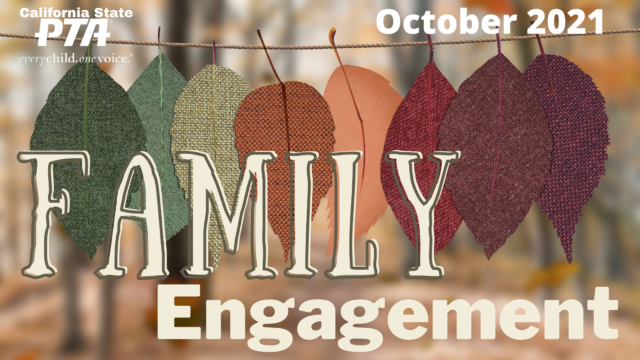Sponsored by College Board
 |
| Lin from New Utrecht High School in New York |
High school students are heading back to classrooms for a new school year, and it’s never too early for families to start thinking about life after high school. Exploring careers and planning for college can feel overwhelming and complicated. How do you find the school that’s right for you? How do you start researching careers or identifying majors? How do you find scholarships and other financial aid? BigFuture from College Board simplifies the process and offers scholarships that reward students for taking key steps to plan for college, pay for college, and explore careers.
Informed by students and educators, BigFuture is a free online guide that helps all students plan a productive and successful path after high school. Students who complete specific steps on their personalized BigFuture dashboard automatically earn entries into drawings for $500 and $40,000 BigFuture Scholarships. Meet our class of 2023 winners here.
“This scholarship means everything to me and my family,” said Christopher, a $40,000 BigFuture Scholarship winner from Dr. TJ Owens Gilroy Early College Academy in Gilroy, CA. “Prior to receiving the scholarship, my parents were struggling to find a way in which my college education would be paid for. Receiving this scholarship took a huge burden off of me and my family’s shoulders.”
The sooner students complete one or more of the following steps, and the more steps they take, the more scholarship entries they’ll earn.
- Build a College List: Students search for colleges and add six or more to their list.
- Practice for the SAT: Students use Official SAT Practice on Khan Academy to get ready for test day.
- Explore Scholarships: Students explore a list of scholarships personalized for them based on their background, achievements, and future plans.
- Strengthen Their College List: Students make sure their list has a mix of reach, match, and safety schools.
- Complete the FAFSA: Students complete the free government form to apply for financial aid.
- Apply to Colleges: Students apply to at least two colleges they want to attend.
All students in the class of 2023 are now eligible to win $500 and $40,000 scholarships that they can use at two- or four-year institutions. Each month BigFuture will award two $40,000 scholarships and hundreds of $500 scholarships. Since 2019, more than $15 million in scholarships have been awarded to students who use BigFuture. At least half of the scholarships will be awarded to students whose families earn less than $60,000 a year. There are no essays, test-score, citizenship status, family income, or minimum GPA requirements.
A California student you know could be the next winner! Students can head to bigfuturescholarships.org to begin college planning steps and earn a chance at scholarships.
California State PTA is a nonprofit and non-commercial volunteer organization and does not endorse any product, publication, or business associated with sponsorship partners.
